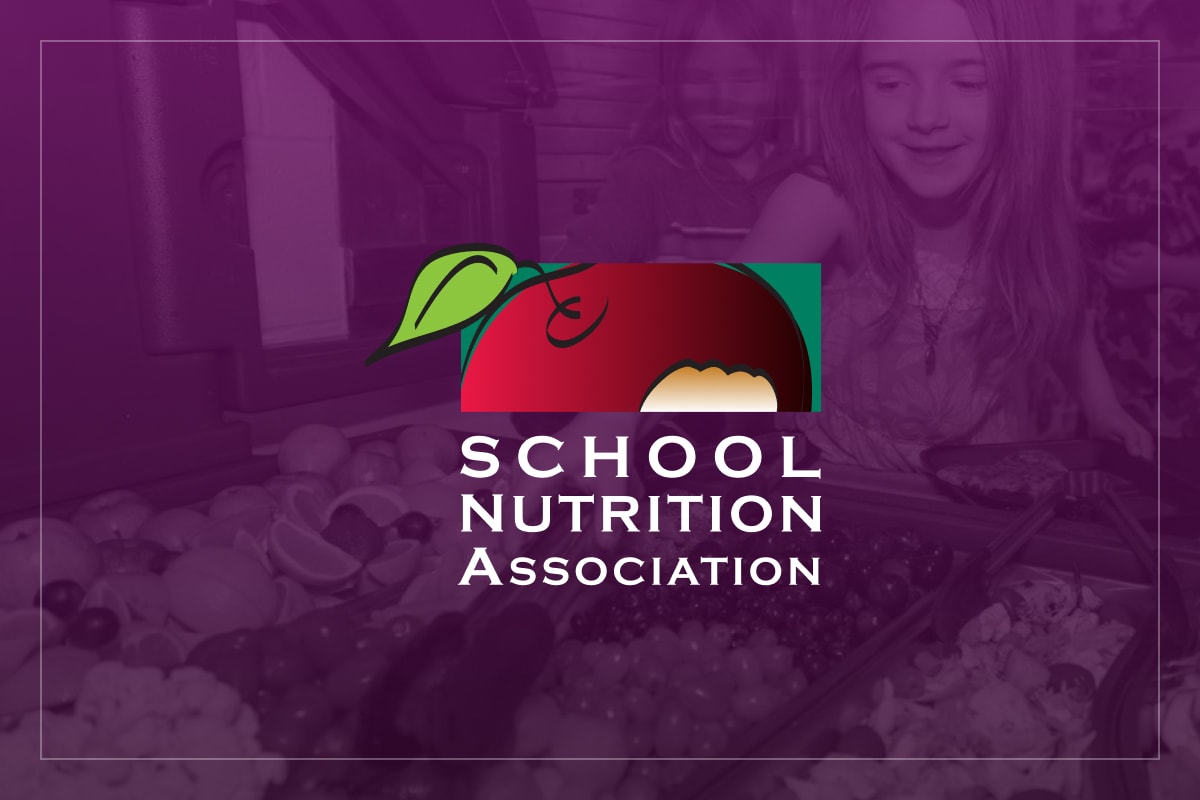Across the country, school districts are increasingly embracing the push for healthier school meals, sparked by new USDA guidelines aimed at improving children’s nutrition. With these federal requirements in place, schools are finding innovative ways to transform their cafeterias into spaces that offer wholesome, nutritious options for students.
The USDA’s updated nutrition standards focus on providing students with more fruits, vegetables, whole grains, and lean proteins, while reducing sodium, saturated fats, and added sugars. These guidelines were designed to address growing concerns around childhood obesity and poor dietary habits, promoting lifelong health and wellness.
While the transition to healthier meals initially posed challenges for some schools, many districts have risen to the occasion with creative, budget-friendly solutions. Local farm partnerships, in-house culinary training programs, and scratch-cooking initiatives are just a few ways schools are successfully meeting USDA standards while engaging students with fresh, tasty food.
For example, Farm-to-School programs have gained popularity, bringing local produce into school kitchens and teaching students about where their food comes from. Schools are also holding taste tests and cooking demonstrations to introduce students to new foods and encourage healthier eating habits.
The reform isn’t just about meeting requirements—it’s about transforming school culture. Healthier meals contribute to better academic performance, improved concentration, and overall student well-being. Schools are recognizing that feeding children nutritious meals plays a vital role in their growth, development, and ability to succeed in the classroom.
The momentum behind school food reform is undeniable, as more schools nationwide adopt these changes and explore ways to make them sustainable. With a continued focus on nutrition, schools are leading the charge in promoting better health for future generations. The USDA requirements have become more than just a mandate; they’ve sparked a movement that is reshaping the way students view and experience food in their everyday lives.
As this movement gains traction, it’s clear that school food reform is not just a temporary shift, but a long-term commitment to fostering healthier communities, one meal at a time.

